介绍
日常开发中,难免会对集合中的元素进行移除操作,如果对这方面不熟悉的话,就可能遇到 ConcurrentModificationException,那么,如何优雅地进行元素删除?以及其它方式为什么不行?
数据初始化
public static final List<String> list = new ArrayList<>();
static {
list.add("java");
list.add("mysql");
list.add("redis");
list.add("spring");
list.add("linux");
list.add("git");
}
实现方式
方式一:普通 for
@Test
public void testRemoveFor() {
list.add(2, "redis");
System.out.println(list);
for (int i = 0; i < list.size(); i++) {
if ("redis".equals(list.get(i))) {
list.remove(i);
}
}
System.out.println(list);
}
这种方式虽然不会报错,但是会导致数据出现问题,比如 list: [java, mysql, redis, redis, spring, linux, git]
由于存在两个连续的 redis,当删除第一个时,后面的元素会向前填充,而迭代索引是一直增加的(即 i ),所以第二个 redis 没有经过检查就直接跳过了,导致最终数据为:[java, mysql, redis, spring, linux, git]
IDEA 其实也给出了我们提示(如下图):Suspicious ‘List.remove()’ in loop;想必就是因为这个原因。

方式二:增强 for
@Test
public void testRemoveForEach() {
for (String str : list) {
if ("redis".equals(str)) {
list.remove(str);
}
}
System.out.println(list);
}
这种方式就直接报错了:java.util.ConcurrentModificationException
将 .class 文件反编译后以上代码对应如下(将 .class 用 IDEA 打开即可):
Iterator var1 = list.iterator();
while(var1.hasNext()) {
String str = (String)var1.next();
if ("redis".equals(str)) {
list.remove(str);
}
}
从以上代码可以看出,for-each 实际上就是使用迭代器进行遍历元素,当在 for-each 中通过 java.util.ArrayList#remove 删除元素时,迭代器内部其实是不知道的,所以在执行 java.util.ArrayList.Itr#next() 操作时,会检查内部状态(modCount)是否一致,不一致则抛出。java.util.ConcurrentModificationException
方式三:迭代器
@Test
public void testRemoveIterator() {
Iterator<String> iterator = list.iterator();
while (iterator.hasNext()) {
String str = iterator.next();
if ("redis".equals(str)) {
iterator.remove();
}
}
System.out.println(list);
}
这种方式与上面 testRemoveForEach 相比,其实就只是将内部的 java.util.ArrayList#remove 换成了迭代器内部的 remove 方法,既然用的是迭代器自己的,那迭代器内部肯定就能够知道列表发生了变化,从而直接更新其内部状态,所以就不会报错了。
/**
* lastRet: 最后一次返回元素的索引
* cursor:下一个返回元素的索引
*/
public void remove() {
if (lastRet < 0)
throw new IllegalStateException();
checkForComodification();
try {
// 调用 ArrayList 内部的 remove 进行删除元素,即 java.util.ArrayList#remove
ArrayList.this.remove(lastRet);
// 将最后一次返回元素的索引赋值给下一个返回元素的索引(因为当前元素被删除后,后面的元素前移了)
cursor = lastRet;
lastRet = -1;
// remove 之后,modCount 会加一,所以需要将 modCount 赋值给 expectedModCount,从而保持一致
expectedModCount = modCount;
} catch (IndexOutOfBoundsException ex) {
throw new ConcurrentModificationException();
}
}
方式四:反向遍历
@Test
public void testRemoveForDesc() {
for (int i = list.size() - 1; i >= 0; i--) {
if ("redis".equals(list.get(i))) {
list.remove(i);
}
}
System.out.println(list);
}
通过倒序的方式遍历列表并删除元素,虽然这种方式也能够实现删除元素不报错,但从性能上考虑,当删除的元素比较多时,时间复杂度会变成 O(n^2),所以这种方式不建议使用。
方式五:removeIf
@Test
public void testRemoveIf() {
list.removeIf("redis"::equals);
System.out.println(list);
}
如果使用的是 JDK 1.8 及以上,建议使用这种方式删除元素,代码简洁优雅。
查看源码,removeIf 底层其实就是使用迭代器的方式进行删除。
default boolean removeIf(Predicate<? super E> filter) {
Objects.requireNonNull(filter);
boolean removed = false;
final Iterator<E> each = iterator();
while (each.hasNext()) {
if (filter.test(each.next())) {
each.remove();
removed = true;
}
}
return removed;
}
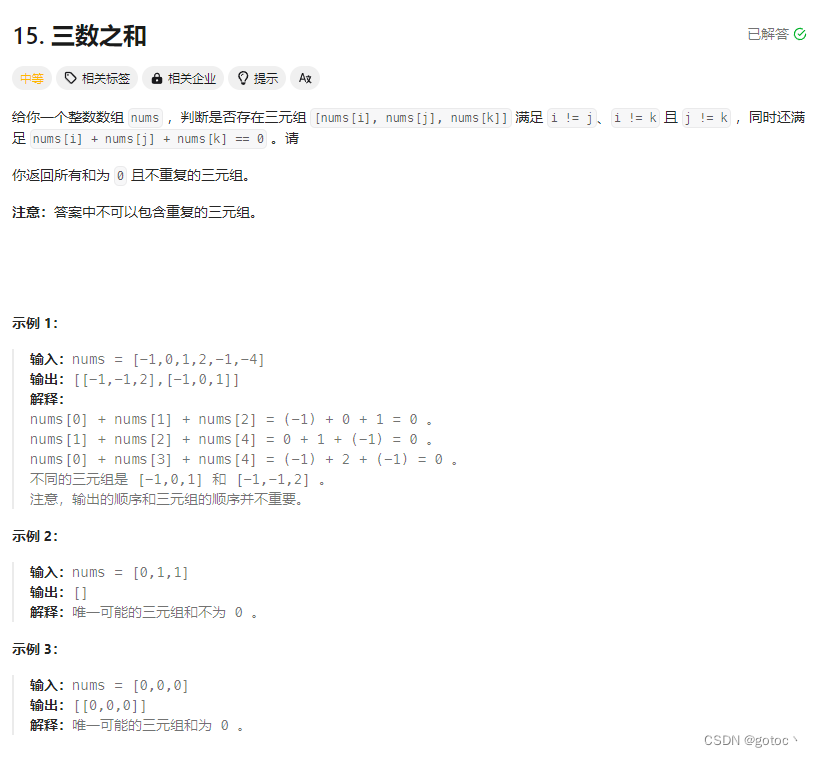
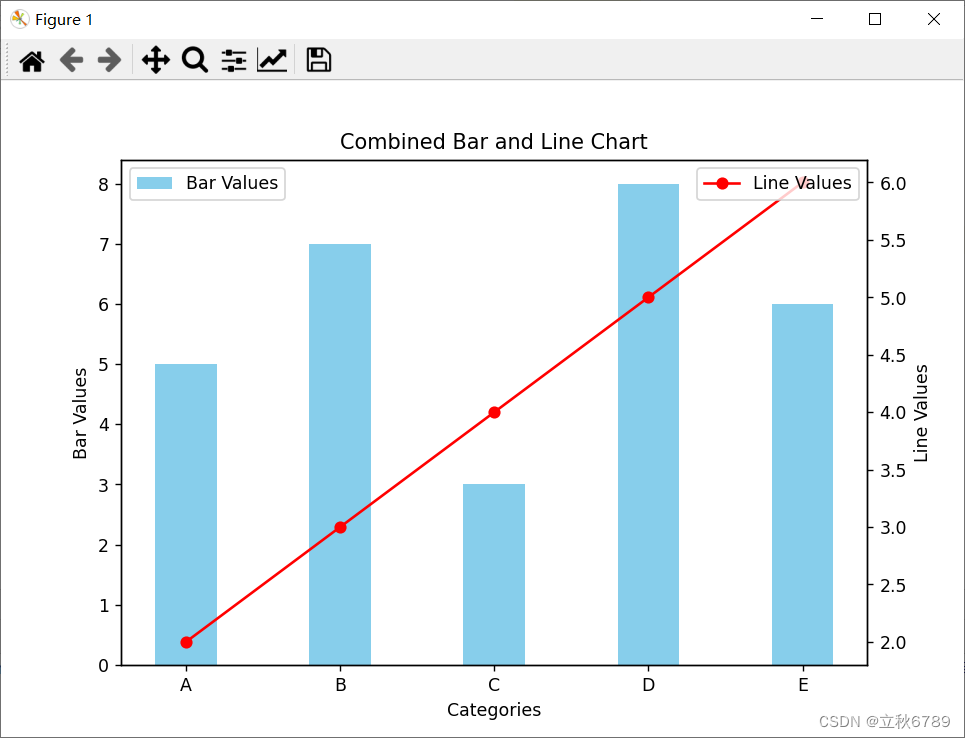
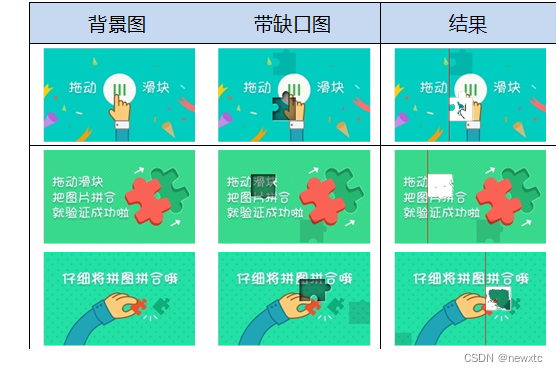

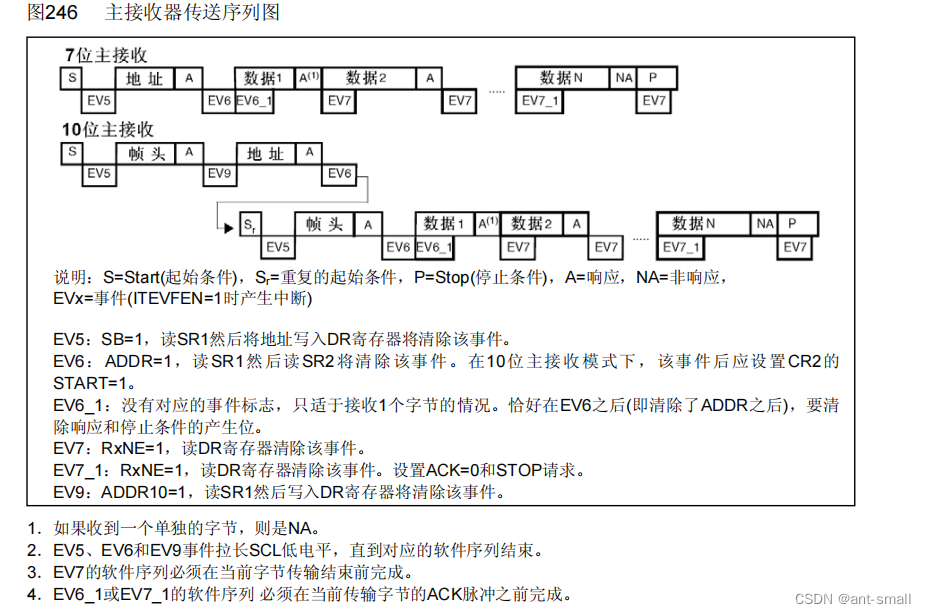
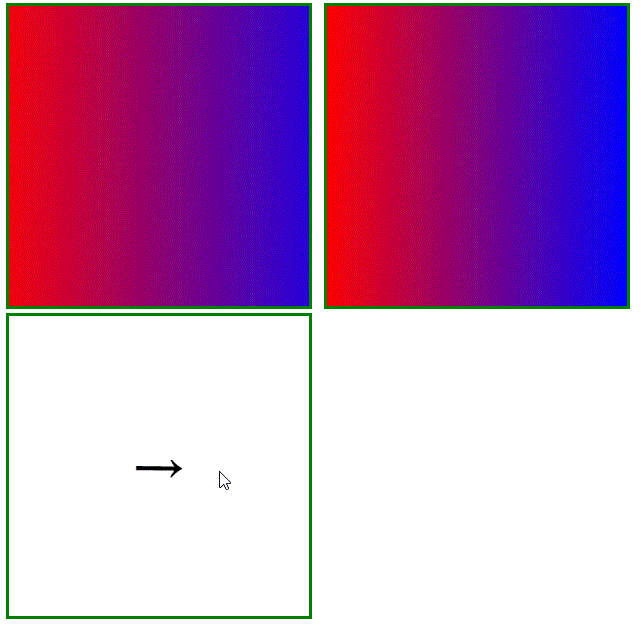

![[机器学习]GPT LoRA 大模型微调,生成猫耳娘](https://img-blog.csdnimg.cn/a74f7d5d03234f7c8a635562034442a0.gif#pic_center)

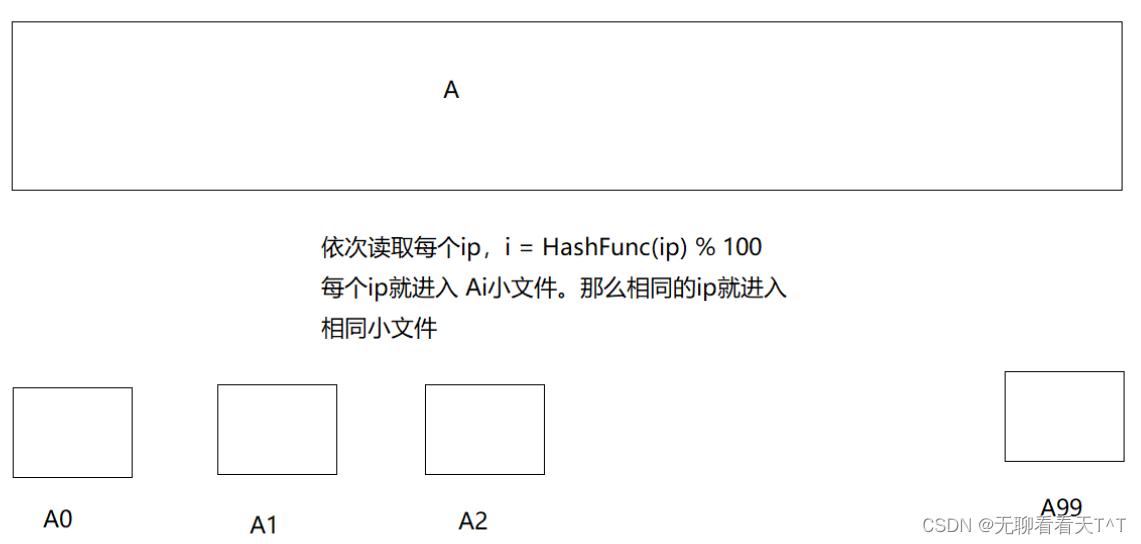


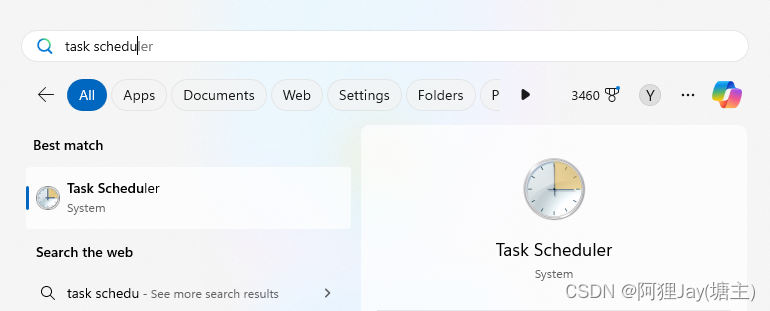


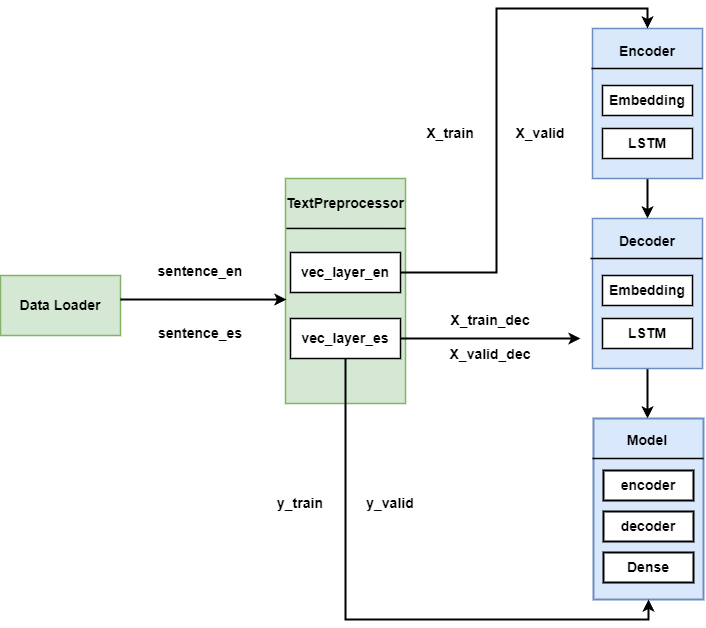
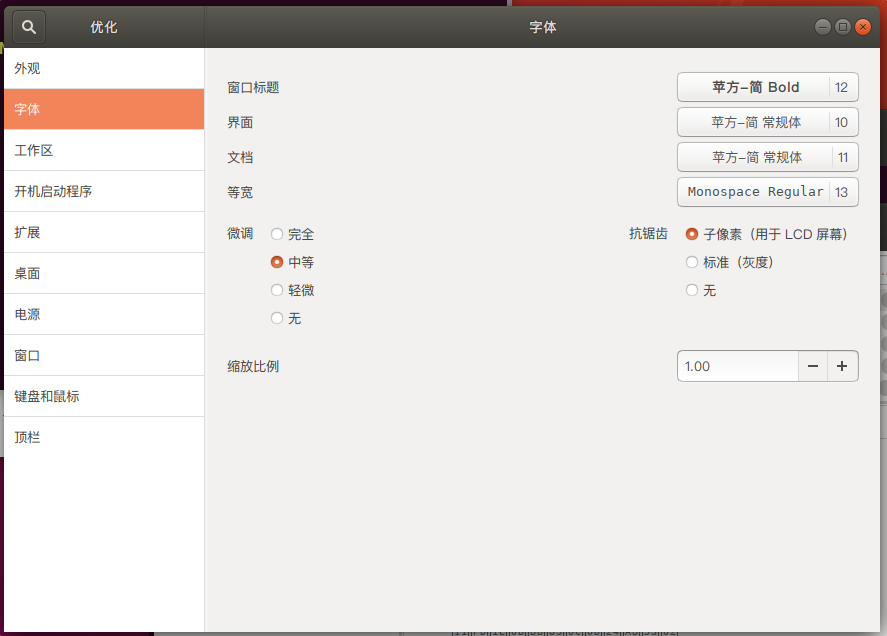
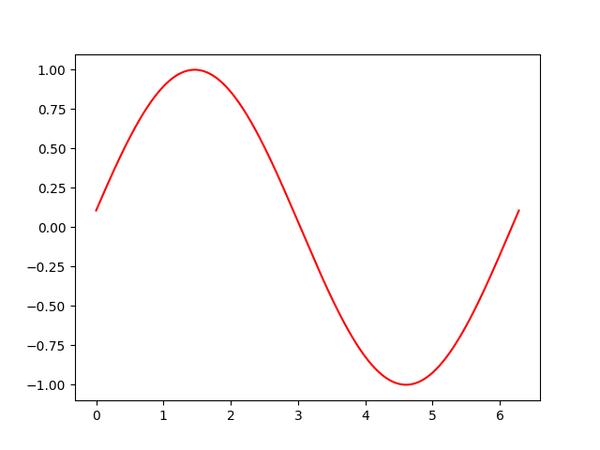
![数据结构05:树与二叉树 习题02[C++]](https://img-blog.csdnimg.cn/direct/b2967a3f83c145919c19754b668c927c.png)
